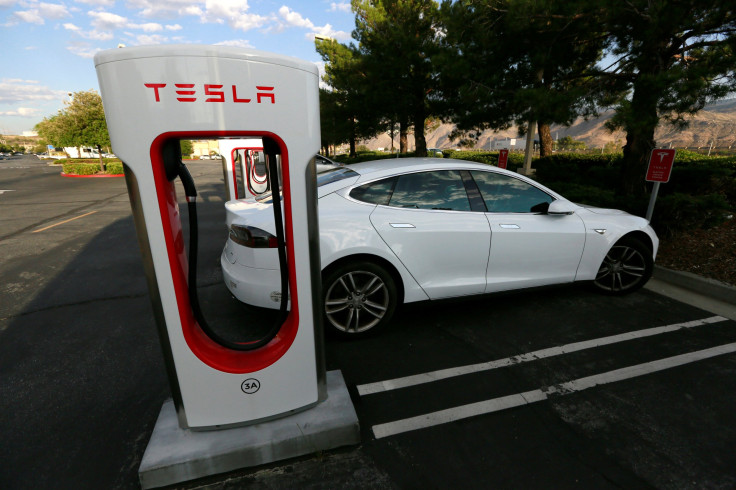Tesla Model 3 update: Robots to replace humans for superfast production capacity; Hole in the roof to help easy manufacturing

Reports suggest that the Tesla Model 3 design is not finalised yet. Still, CEO Elon Musk believes production capacity can be increased exponentially if Tesla puts its focus on “building the machines that build the machine.” Musk said that the Tesla Gigafactory in Nevada is like a giant supercomputer rather than a conventional manufacturing unit.
He is of the opinion that this giant supercomputer unit can produce 10 to 100 times as many finished goods as they do today, reports Clean Technica. Tesla expects to produce 500,000 Model 3 cars every year. Moreover, Tesla Model 3’s gaping hole in the roof could hold clue to its ease of manufacturing.
Model 3’s large rear window creates a big hole in its design. This hole will allow robots to have unrestricted access to the electric vehicle’s interiors, allowing easy installation of seats, sensors, wiring harnesses and installing carpets. Robots will, in fact, be able to manufacture entire cars, and this can increase the speed of production beyond imagination.
Despite such tall claims by Musk, Morgan Stanley analyst Adam Jonas, who is known for his positive coverage for the company, sent a note stating that the electric vehicle will be launched at the end of 2018, a year later than what Tesla has mentioned. Thus, the Tesla Model 3 may be late by over a year. Jonas has predicted only 60,000 units for 2019 and 130,000 units for 2020.
If this turns out to be true, it would disappoint numerous fans and buyers. Musk has talked about 400,000 Model 3 units in 2018 whereas Jonas says 60,000 in 2019. That’s a huge difference. Moreover, it is difficult to start the production of Tesla Model 3 from mid-2017, as promised by Musk, reports Electrek.
Stay tuned on IBT AU for more updates on the Tesla Model 3 electric vehicle.




















